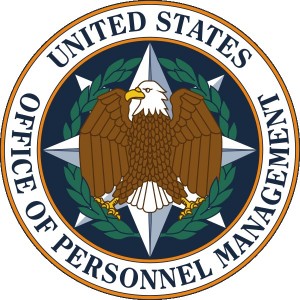As with many Office of Personnel Management (OPM) initiatives, the recent unveiling of new guidelines to help agencies better review their senior executives presents federal Chief Human Capital Officers (CHCOs) and other federal human capital leaders with mixed feelings.
There is the likely agreement and appreciation for a new push to ensure members of the Senior Executive Service (SES) are held more accountable for individual and agency performance, along with guidelines for oversight. From an organizational viewpoint, efforts such as these that will improve performance make logical sense.
A Less Daunting Task
At the same time, the new initiative is also causing varying levels of angst among HR leaders, who now have the non-trivial task of ensuring compliance with the new regulations.
The final rule, issued by OPM on September 25, called for the new performance guidelines to begin on October 26. The overhaul is part of the update to the Senior Executive Services’ three-year old appraisal system, and will better enable agencies to ensure members of the SES are held more accountable for individual and agency performance, as well as new oversight guidelines. These ongoing changes are a result of President Barack Obama’s SES program reform announcements made last December.

While some level of concern from HR leaders regarding compliance with the new performance guidelines is certainly warranted, the task is not as daunting as it might appear on the surface. The area of federal performance management – both individual performance and agency performance – is a highly visible one today, particularly given continued poor federal employee engagement, leadership and development scores. Leaders are undertaking major reviews of their existing performance systems as they attempt to move them into acceptable practices for the 21st century. The needs range from basic, such as moving away from “pen-to-paper” reviews to automation, to more advanced concerns, such as moving away from one-way annual performance reviews, improving employee engagement and improving employee and leadership development.
It is understandable that adding a new set of SES performance guidelines to the other ongoing initiatives might seem overwhelming. Yet, part of this apprehension is based on either a lack of automated tools (“pen-to-paper” performance reviews) or a reliance on legacy technology that make it difficult to quickly adapt and accommodate new guidelines.
New Technology, New World
Historically, modifications to any federal performance management system, such as new or changed elements, goals or performance requirements, meant a time-consuming, expensive change management undertaking. These updates would typically require the establishment of a project team consisting of personnel from the executive level, HR, IT, consultancy and third-party vendor.
With today’s modern technology focused on the intricacies of the federal government’s rules and regulations, adjustments such as adapting to new SES performance requirements is straightforward and does not require an army to accomplish. Today’s modern federal performance management systems provide complete configurability and flexibility to accommodate different staff and leadership levels, as well as evolving requirements such as those for members of the SES.
In some instances, particular critical elements and performance requirements of senior executives may already be part of the system. If not, or if tweaks or modifications are required, simple configuration changes can be made to accommodate the new elements. It can be as easy as flipping a switch, rather than the historical long, drawn-out process.

The new SES performance requirements also require senior executives to undergo an appraisal period of 90 days or more, and for agencies to establish criteria that rates executives who are reassigned, transferred or on detail. Similarly, these adjustments to existing appraisal periods and the establishment of new criteria with ratings assigned are all established in a straightforward manner with basic configuration changes within modern federal HR systems.
While not specifically part of the new guidelines, it will be important for SES performance guidelines to fall in line with overall agency goals. This concept of cascading goals flowing from the top of the agency down through SES and other employees should be accommodated in the new requirements.
The Way Forward
With public scrutiny and a renewed focus on performance management for senior federal executives, President Obama and the OPM have laid the foundation to help federal agencies boost performance. This presents federal human capital leaders with an obligation, but also a tremendous opportunity, to move the performance needle at their agencies. This once might have seemed like just another pie-in-the-sky possibility for our federal government. Fortunately, with the capabilities of modern technology, it’s a very realistic and achievable goal, one that should be cause for excitement as federal leaders build on their legacies of improving how government works.





Leave a Reply
You must be logged in to post a comment.